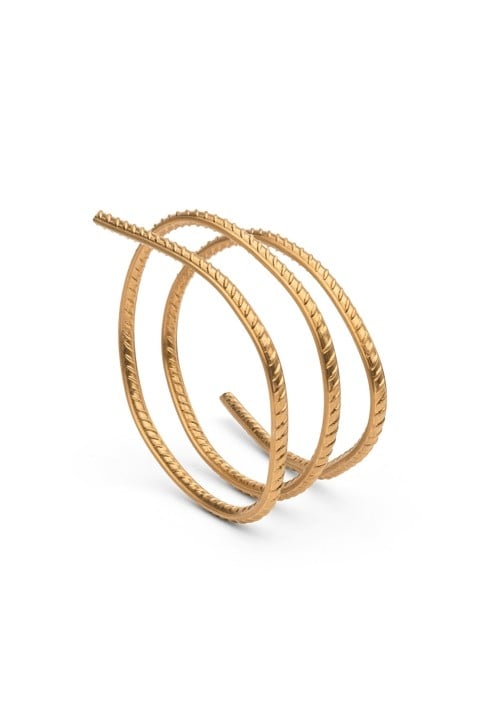
Little jewels: Ai Weiwei remembers quake’s child victims in intimate scale
Chinese artist has previously made art from steel reinforcers - rebar - recovered at ‘tofu’ schools where pupils were crushed in 2008 Sichuan disaster; now he’s made miniature gold rebars and turned them into jewellery
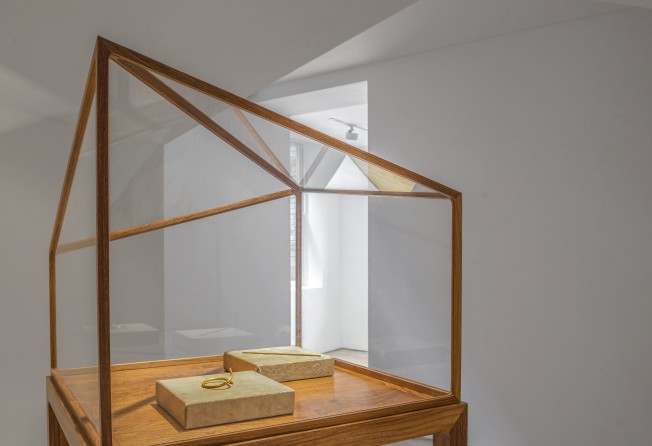
Ai Weiwei, the Chinese artist whose works are often as supersized as his reputation, has created new works to commemorate the schoolchildren who died in the 2008 Sichuan earthquake - but this time on a more intimate scale.
Ai, currently in Germany as a visiting professor at the Berlin University of the Arts, has made a series of 24-carat gold jewellery pieces patterned to look like miniature rebars used to reinforce buildings. He says he hopes the wearers will remember the children who perished under fallen, poorly constructed “tofu” schools that lacked precisely the reinforcement that could have saved young lives.

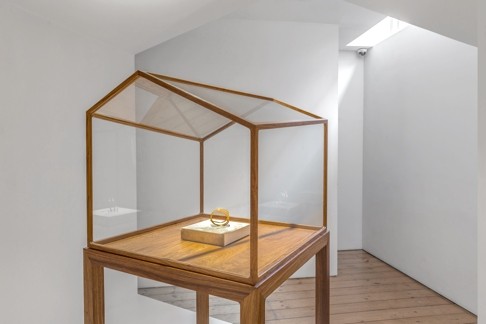
The records [of the earthquake victims] will be there forever. One day, people will realise that we made such an effort
“The problem was not just about building safety. It’s about a respect for lives. China was in a pretty bad shape for more than 100 years. All those wars, famines and other struggles mean that there haven’t been enough moral and philosophical discussions about what life is,” he says by phone from his Berlin studio.
Despite a nationwide crackdown on corruption under President Xi Jinping, the country’s culture still doesn’t respect lives, he says, which is why he goes on reminding people of what happened seven years ago.
Such views, and his public contempt for the government’s desire to play down the corruption angle in the aftermath of the quake, landed him in trouble with the authorities and made him a global human rights icon.
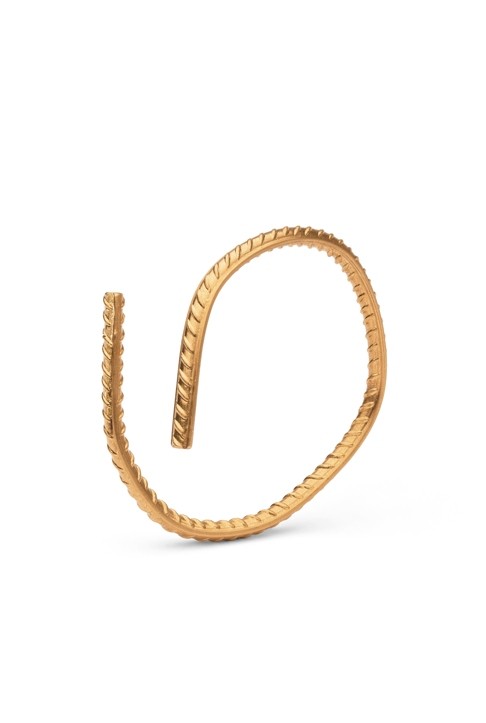
Still, not a lot of people in China have heard his messages. “We have held a lot of events since the earthquake to refresh people’s memory. Every day, we have been posting on Twitter the names of schoolchildren who would have been celebrating their birthday that day. We have made movies, sound recordings with hundreds of earthquake victims. In all my exhibitions I always have a room to remind people of that. We have been met with tremendous difficulty. I have been fined, arrested and injured,” he says.
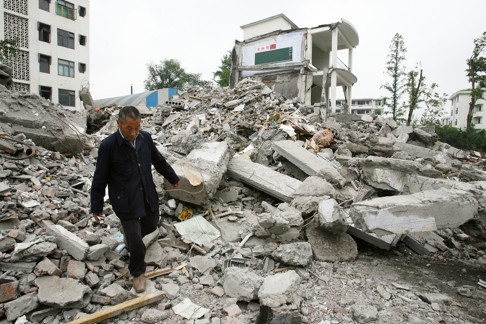
The artist, who once made an installation out of 3,000 bicycle frames, expects the jewellery collection to have a different kind of impact to that of his larger works. “Jewellery were the first objects human beings created. We like to put on something that is very private, to keep a memory of important events and to give to friends and relatives. I think because they are so personal, and intimately related to the human body, that they are a very interesting area to explore,” he says.
He first adopted the rebar motif after visiting the worst-hit areas following the earthquake and saw contorted steel rebars among the rubble of destroyed school buildings. He subsequently recovered 200 tonnes of the material from scrapyards and used them in artworks.
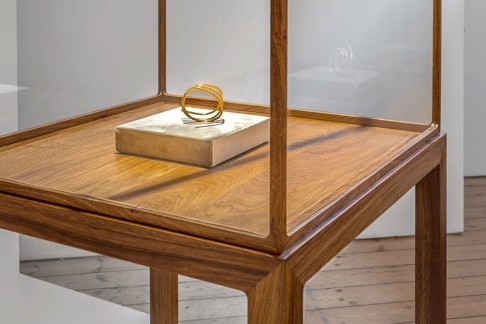
Ai has been back in Beijing since he attended the opening of a major retrospective in London this September and so far, there has been no restriction on his movements. He says he has no idea whether his current freedom is because his anti-corruption campaign has become more in tune with the government’s direction.
“It’s not a very transparent progress. You just don’t know,” he says.
The collection, called “Rebar in Gold”, is on show at the Elisabetta Cipriani gallery in London from November 12, 2015 until January 16, 2016.